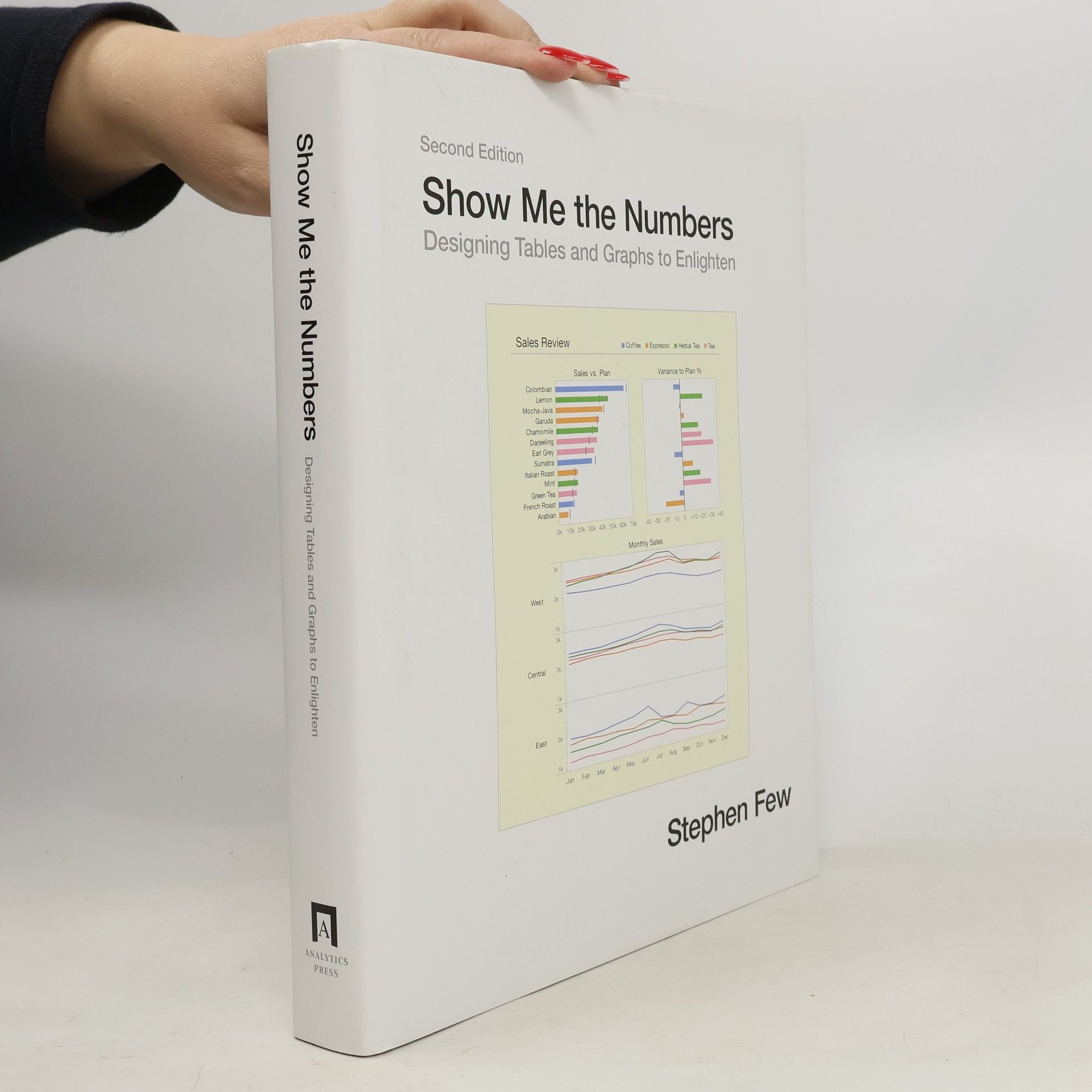Now You See It: An Introduction to Visual Data Sensemaking
- 301pagine
- 11 ore di lettura
Before you can present information to others, you must understand its story. Now You See It teaches the concepts, principles, and practices of visual data sensemaking. The skills taught in this book rely primarily on something that most of us possess—vision—interactively using graphs to find and examine the meaningful patterns and relationships that reside in quantitative data. Although some questions about quantitative data can only be answered using sophisticated statistical techniques, most can be answered using relatively simple visual data sensemaking skills. Until Now You See It was published, no book taught these basic skills comprehensively and in a way that was accessible to a broad audience. Even though these skills can be developed by anyone with eyes to see, they are not intuitive—they must be learned. Without these skills, even the best data visualization tools are of little use, and data will remain nothing but noise.


